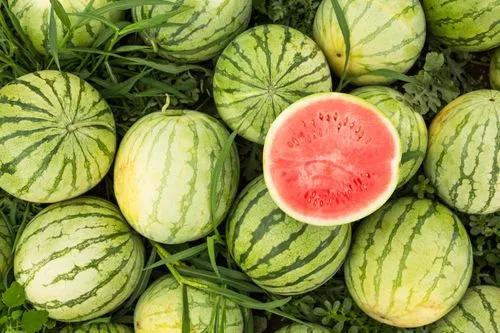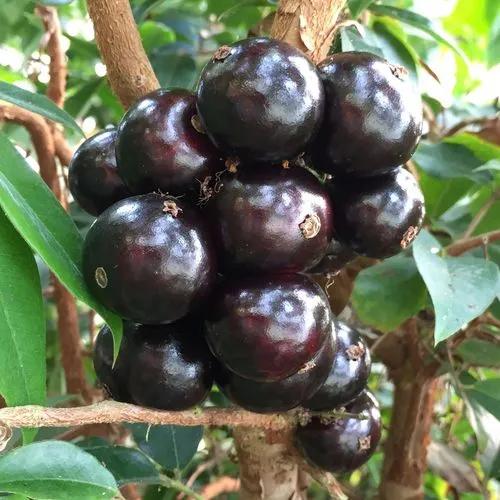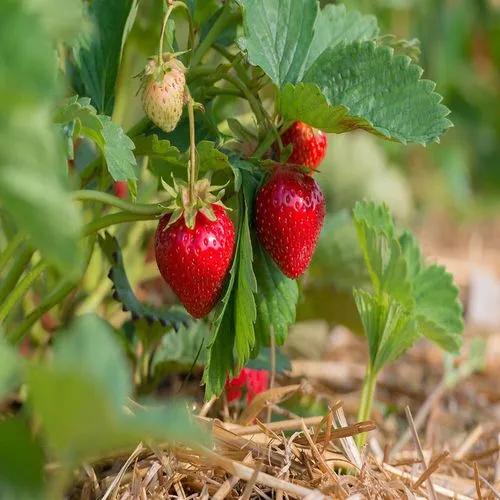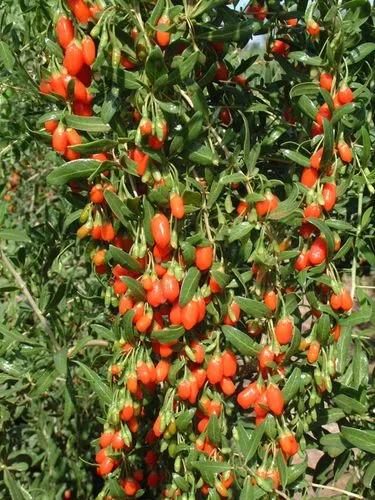Cream apple is a small deciduous tree 4.5 to 10 m high with oblong-lanceolate leaves, 10-20 cm long and 2-5 cm wide, with prominent veins. The complex fruit is heart-shaped, 8-16 cm in diameter, with a thick, hard skin of yellow or brownish color with a red, pink or brownish-red blush and an expressive reticular pattern. The inside of the fruit contains a fibrous-creamy pulp with black-brown or black shiny inedible seeds. The tree begins to bear fruit in the third - fourth year after planting. On average, one tree produces 50-100 fruits per year, which begin to ripen in July One Cream Apple - Antilles. Even in ancient times, it was naturalized in southern Mexico and Central America, then spread south to Peru and Brazil. In the seventeenth century, the tree was introduced to tropical Africa. Currently, it is cultivated on a small scale in India, the countries of Southeast Asia (for example, in the south of Vietnam) the Philippines and Guam.The pulp of the ripe fruit is edible fresh and can be added to cream and custard. A decoction of the leaves is used as an anthelmintic. Unripe fruits and a decoction of the bark are used as a remedy for dysentery and diarrhea. A decoction of the roots is used as an antipyretic agent.
Cream Apple Care
Annona Reticulata



The leaves are used internally against worms, and externally to treat abscesses Crushed leaves or a paste of the flesh may be poulticed on boils, abscesses and ulcers Unripe fruits and the bark are rich in tannin They are used to treat diarrhoea and dysentery In severe cases, the leaves, bark and green fruits are all boiled together for 5 minutes in a litre of water to make an exceedingly potent decoction Fragments of the root bark are put around the gums to relieve toothacheThe root decoction is taken as a febrifugeThe finely grated stem bark is placed on the area of an enlarged spleenhe leaves are employed in tanning and also yield a blue or black dyeYoung twigs provide good fibre Superior to the bark fibre from Annona squamosa The bark is used for tying the frames of hutsThe seeds, leaves and young fruits have insecticidal properties The plant is poisonous and has a potential as a pesticide for non-vertebrates.The yellow wood is soft, fibrous but durable, moderately close-grained, with a specific gravity of 0.65 A concentrated extract of the see is employed to remedy dysentery and diarrhoea Seed - usually breeds true to typeSow in individual pots, not deeper than 2cm, at 21c The germination rate ranges from low to medium The seed of many species in this genus has a hard seedcoat and may benefit from scarification before sowing in order to speed up germination. This can usually be done by pouring a small amount of nearly boiling water on the seeds (being careful not to cook them!) and then soaking them for 12 - 24 hours in warm water. By this time they should have imbibed moisture and swollen - if they have not, then carefully make a nick in the seedcoat (being careful not to damage the embryo) and soak for a further 12 hours before sowing[K ]. Semi-ripe cuttings
How to Care for the Plant

Popularity

8 people already have this plant 5 people have added this plant to their wishlists
Discover more plants with the list below
Popular articles






